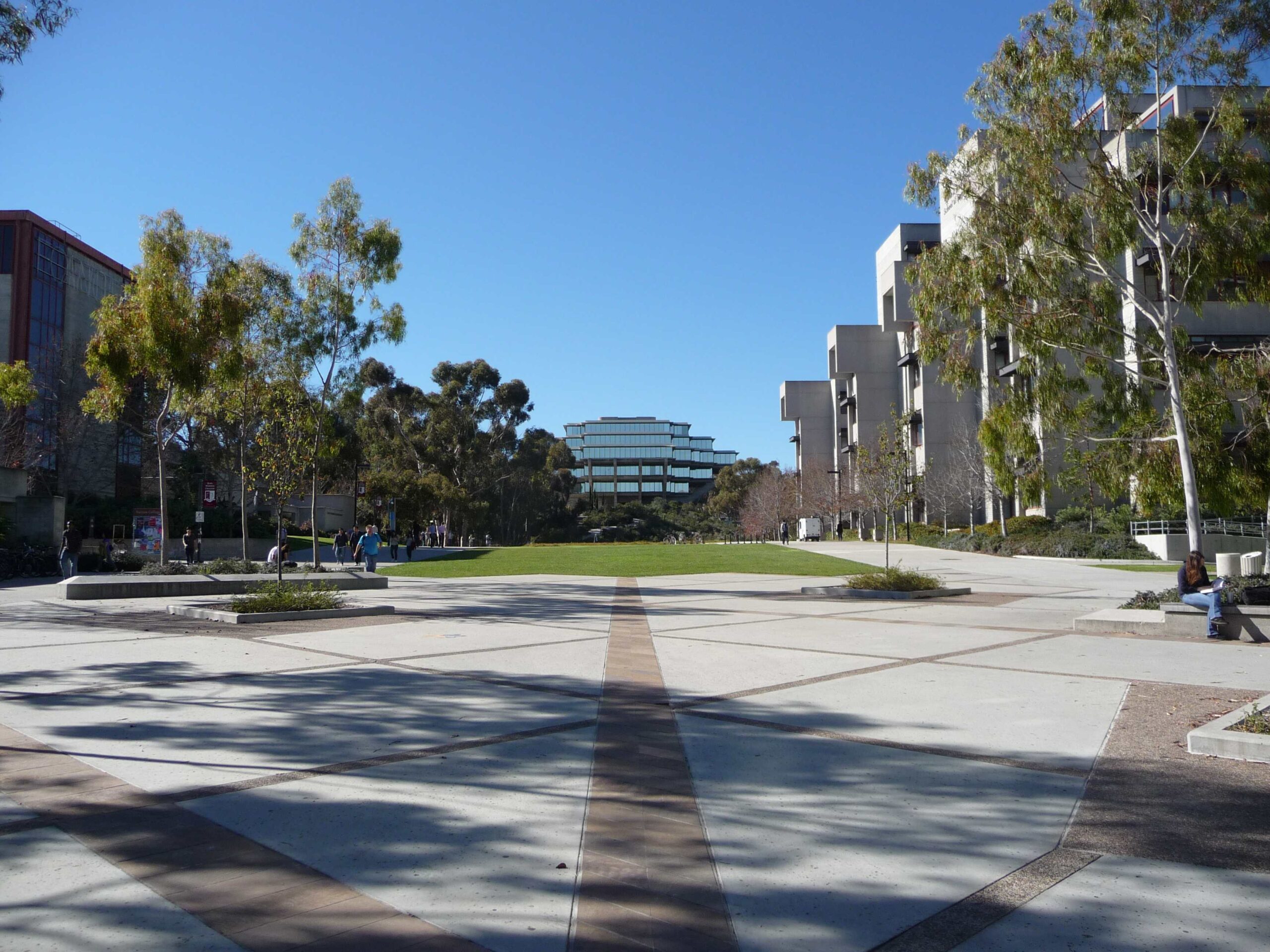On campuses across California, a student-led movement to implement “sanctuary campus” policies is quietly building. But what are sanctuary campuses? And what does this movement actually mean for our country? According to activists, sanctuary campuses would operate much like sanctuary cities, a growing trend best exemplified by the policies of cities such as San Francisco where illegal immigrants are protected from deportation. Based on most reports, these programs would keep school officials from cooperating with Immigration and Customs Enforcement (ICE) or Border Patrol agents. In fact, agents would not even be allowed to step foot on the university premises. Multiple schools are already in talks to implement these policies. On
Saturday, high ranking officials from the University of California Santa Barbara (UCSB), including Chancellor Henry T. Yang, sat down with Latino activists to go over a list of demands students had issued to the administration, one of which aimed to make UCSB a sanctuary campus. Students at the meeting alleged the university had shown an “extreme lack of care” for Hispanic students. In response, university officials assured activists that sanctuary campuses fell within the realm of possibility, telling the group that none of their demands “seemed impossible.” At University of California San Diego (UCSD), students recently published a similar list of demands for school officials. The first demand listed urges UCSD to declare itself a sanctuary campus “immediately.” Sonia Garcia Avelar, chair of the Migrant Rights Awareness club at UCSD and a signer of the list
said, “We felt like we signed off on things that are very feasible and tangible, things that have already been ‘worked on’ by administration, or things that have been brought up consistently.” I recently had the opportunity to speak with Alejandro Delgadillo, a University of California Merced administrator tasked with overseeing undocumented student services. He told
The New Guard that faculty at his school is leaning towards declaring UC Merced a sanctuary campus. While he conceded that no official dialogue has yet taken place, he felt it would be in the best interest of the school, and its undocumented students, to institute such a policy. He claimed students are often scared to come visit campus because they are fearful of deportation should they encounter an immigration officer. Delgadillo also mentioned, however, that no student has ever been deported on a UC campus. Valeria Chavez, a student intern for undocumented student services at UC Santa Cruz, told
The New Guard, “I don’t think that students should be worried about ICE coming into the campus.” She also noted, “There’s been other UC’s where recruitment from ICE has gone onto campus and it’s like, it’s kind of scary to know that these people are welcome on campus and there’s nothing that we can do.” Chavez felt that UC Santa Cruz should become a sanctuary campus. While many students across California are starting to push policies in this direction, there are certainly those who are poised to push back. Eric Lendrum, the founding chairman of the Young American’s for Freedom chapter at UC Santa Barbara, told
The New Guard that students who are in the United States illegally are breaking the law and that law enforcement officers are perceived as “the bad guys” by liberals on campus. According to Lendrum, when ICE recently came to his campus, they were protested by student activists, who, in Lendrum’s words, “basically said borders don’t exist.” The issues raised by sanctuary campus policies are virtually no different than the highly-publicized contentions over sanctuary cities, of which there are over
200 across the United States. Katie Steinle was killed in San Francisco by a man who had been deported five times previously. If city employees had been compliant with federal immigration agents upon his release from custody, he presumably would have been deported a sixth time. Steinle’s father said in an
address to the Senate Judiciary Committee, “Unfortunately, due to disjointed laws and basic incompetence on many levels, the U.S. has suffered a self-inflicted wound in the murder of our daughter by the hand of a person that should have never been on the streets in this country.” While sanctuary campuses are not yet prevalent in the United States, the movement is quickly gaining traction. If conservatives wish to fight these misguided policies, they must educate the public on the dangers our students could face in the wake of implementation.
